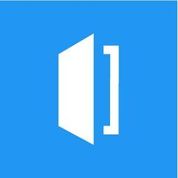mHelpDesk is a Field Service Management Software. mHelpDesk offers Reporting, Real-time Job Tracking, Job Scheduling, Digital Signature, Inventory Management and many more functionalities.
Some top alternatives to mHelpDesk includes Service Fusion, Housecall Pro, Smart Service, Bizom and Fieldeas.
Yes, mHelpDesk provides API.
Yes, mHelpDesk provides a mobile app.
mHelpDesk is located in Fairfax, Virginia
mHelpDesk offers Free Trial, Quotation Based pricing models
Yes, mHelpDesk can integrate with Quickbooks, WordPress, PayPal, MailChimp and many more.You can find more integration for mHelpDesk here
The starting price is not disclosed by mHelpDesk. You can visit mHelpDesk pricing page to get the latest pricing.


















